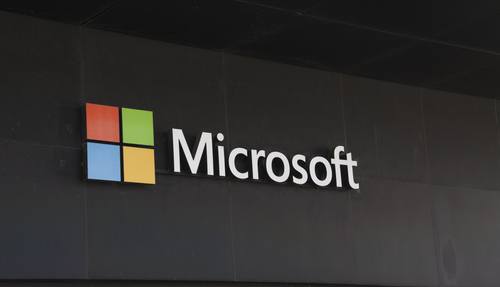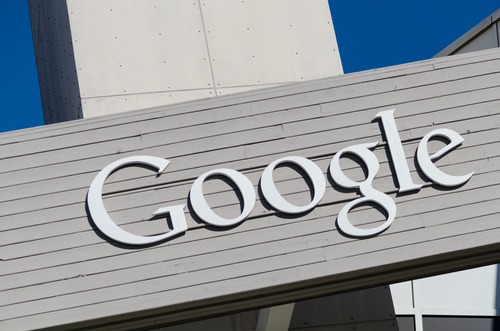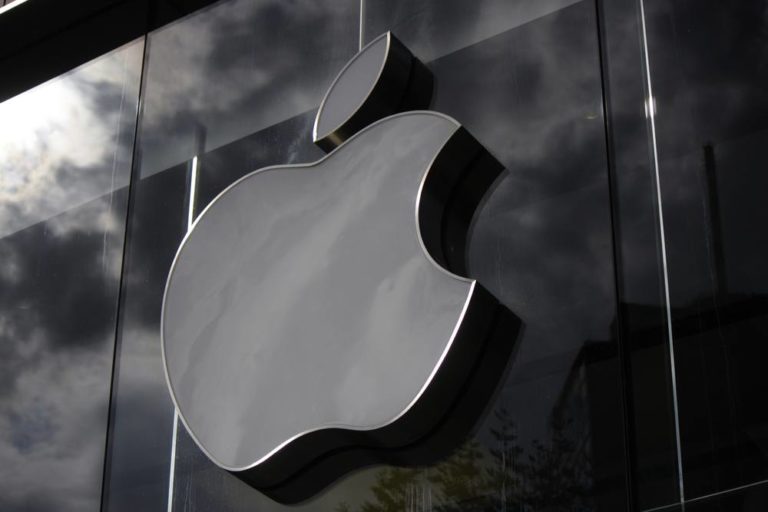Key Takeaways
• A new handheld bone-healing gun prints scaffolds directly onto broken bones.
• The device uses safe temperatures and biodegradable materials.
• Rabbit trials showed faster healing and less pain.
• Surgeons could make precise, minimally invasive repairs.
• Human use still needs approval and more testing.
Introducing the Bone-Healing Gun
Imagine a tool that helps broken bones heal faster. Researchers at the Korea Institute of Science and Technology have built just that. They call it the bone-healing gun. It looks like a small 3D printer you hold in your hand. But instead of making toys or models, it prints a special scaffold right onto a fractured bone. This scaffold supports new bone growth and fades away as healing completes.
Why the Bone-Healing Gun Matters
Doctors now fix broken bones with metal plates, screws, or external frames. These methods often need large cuts and long recovery times. With the bone-healing gun, surgeons can apply the scaffold through tiny openings. This minimally invasive approach means less pain, lower risk of infection, and a shorter hospital stay. In rabbit trials, fractures healed faster when treated with this new device.
How the Bone-Healing Gun Works
First, surgeons load the device with two types of biodegradable filaments. One filament acts like a glue to hold everything in place. The other carries tiny doses of growth factors. These factors boost cell growth and bone repair. Next, the device heats the materials to a safe temperature below body heat. Then it extrudes them in thin layers over the fracture site. The pattern of layers forms a porous scaffold. This scaffold guides new bone cells to fill the gap.
The handheld device uses temperature sensors and a feedback system. As a result, it never gets too hot. This protects surrounding tissues and skin. Also, the surgeon can control flow speed and layer thickness. Therefore, each scaffold fits the fracture perfectly. After placement, the materials gradually dissolve over weeks. Meanwhile, the bone becomes strong on its own.
Rabbit Trial Results
In tests with rabbits, broken leg bones healed in record time. Rabbits treated with the bone-healing gun showed denser bone formation within two weeks. By four weeks, the fractures were nearly closed. In contrast, fractures fixed with standard plates took much longer to fill in. Moreover, rabbits seemed less stressed and moved more quickly after surgery. The smoother recovery suggests patients could walk sooner and face less pain.
Potential Benefits for Patients
For human patients, this device could change how we treat fractures. First, it would reduce the need for large surgical cuts. Smaller incisions mean less scarring and lower infection risk. Second, precise scaffold placement supports broken bones exactly where needed. Third, the biodegradable materials eliminate the need for a second surgery to remove implants. Finally, patients could heal faster and return to daily life sooner.
Broader Medical Applications
Beyond orthopedics, the bone-healing gun may work in dental surgery, spine repair, and even heart tissue engineering. Wherever doctors need to place supportive scaffolds in tight spaces, this tool could help. For example, dentists could apply tiny scaffolds inside tooth sockets after extraction. Spine surgeons might use it to reinforce vertebrae. Researchers are already exploring how to load the device with drug-releasing materials. In the future, it could deliver antibiotics or cancer drugs while rebuilding tissues.
Regulatory and Technical Challenges
Despite its promise, the bone-healing gun faces hurdles. Regulatory bodies require extensive safety tests before human use. The materials must meet strict medical standards for biodegradability and biocompatibility. In addition, researchers must prove the device works reliably across many fracture types and patient ages. They also need to refine the sterilization process for clinical settings. Finally, training surgeons to use the device correctly will take time and resources.
Steps Toward Clinical Use
Next, the research team plans larger animal studies involving sheep or pigs. These animals have bones more similar to humans in size and density. Then they will file applications for human trials. If those go well, the bone-healing gun could appear in operating rooms within five to ten years. Meanwhile, engineers will improve the device’s ergonomics and software. They want surgeons to adjust printing parameters on a touchscreen interface during surgery.
Expert Opinions
Orthopedic specialists are excited about the device’s potential. One surgeon commented that the bone-healing gun “could be a game changer for complex fractures.” Another expert noted that biodegradable scaffolds may reduce long-term complications from metal implants. However, some caution that the device’s long-term safety must be proven. They stress the importance of immune system reactions and potential inflammation.
How This Fits into 3D Printing Trends
Over the last decade, 3D printing has entered operating rooms in many forms. Customized implants and surgical guides already help doctors plan precise procedures. The bone-healing gun takes this trend further by enabling on-site printing inside the body. This in-vivo printing could open doors to more personalized treatments. In fact, researchers are exploring similar guns for skin repair in burn victims.
Key Advantages at a Glance
• On-the-spot printing for precise scaffold placement
• Minimally invasive approach with tiny incisions
• Biodegradable materials that dissolve as bones heal
• Adjustable settings for different fracture shapes
• Potential to carry drugs or growth factors
What Patients Can Expect
If you or a loved one breaks a bone in the future, recovery might look very different. Instead of a plate or cast, you could get a quick printing session in the operating room. After a short hospital stay, you may walk with minimal pain. Physical therapy could start earlier, speeding up your return to normal life. Best of all, you would avoid a second surgery to remove hardware.
Future Research Directions
Scientists are working on new materials for the bone-healing gun. These might include ceramics that strengthen the scaffold or smart polymers that adjust to body signals. Other teams are testing remote-controlled versions that let surgeons print from a console outside the sterile field. Research is also underway to combine imaging technologies. In the future, doctors might scan a fracture inside the body and let the device auto-print the perfect scaffold.
Wrapping Up the Impact
In summary, the bone-healing gun represents a big leap forward in fracture care. This innovative tool combines 3D printing, biodegradable materials, and precise temperature control. Rabbit trials show faster recovery and stronger bone growth. While human approval remains in the future, the device holds huge promise. If all goes well, patients around the world will soon benefit from faster, less painful healing.
Frequently Asked Questions
What makes the bone-healing gun different from traditional metal plates?
The bone-healing gun prints a biodegradable scaffold directly onto the fracture. Metal plates require larger cuts and often need removal later. The scaffold dissolves as new bone forms, avoiding extra surgery.
Are there risks of infection with the bone-healing gun?
The device uses small incisions that lower infection risk. Surgeons also follow strict sterilization protocols. In trials so far, rabbits had no signs of infection around the scaffold.
How long until humans can use the bone-healing gun?
Researchers expect human trials in a few years. Full approval could take five to ten years. The team needs to prove safety and effectiveness in larger animal studies first.
Can the bone-healing gun deliver drugs or growth factors?
Yes. The device can mix growth factors in its scaffold material. In the future, it may also release antibiotics or cancer treatments directly at the injury site.










